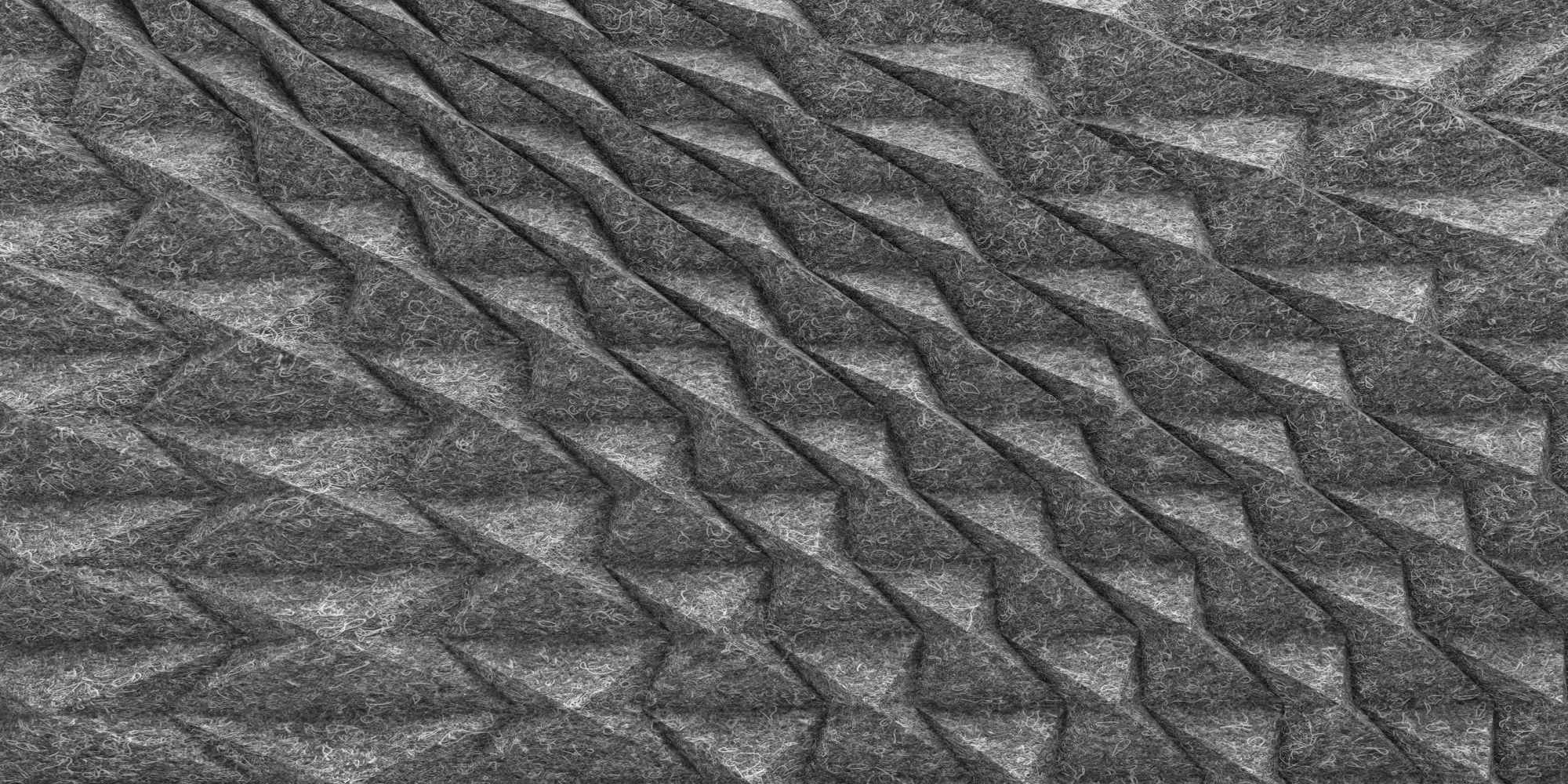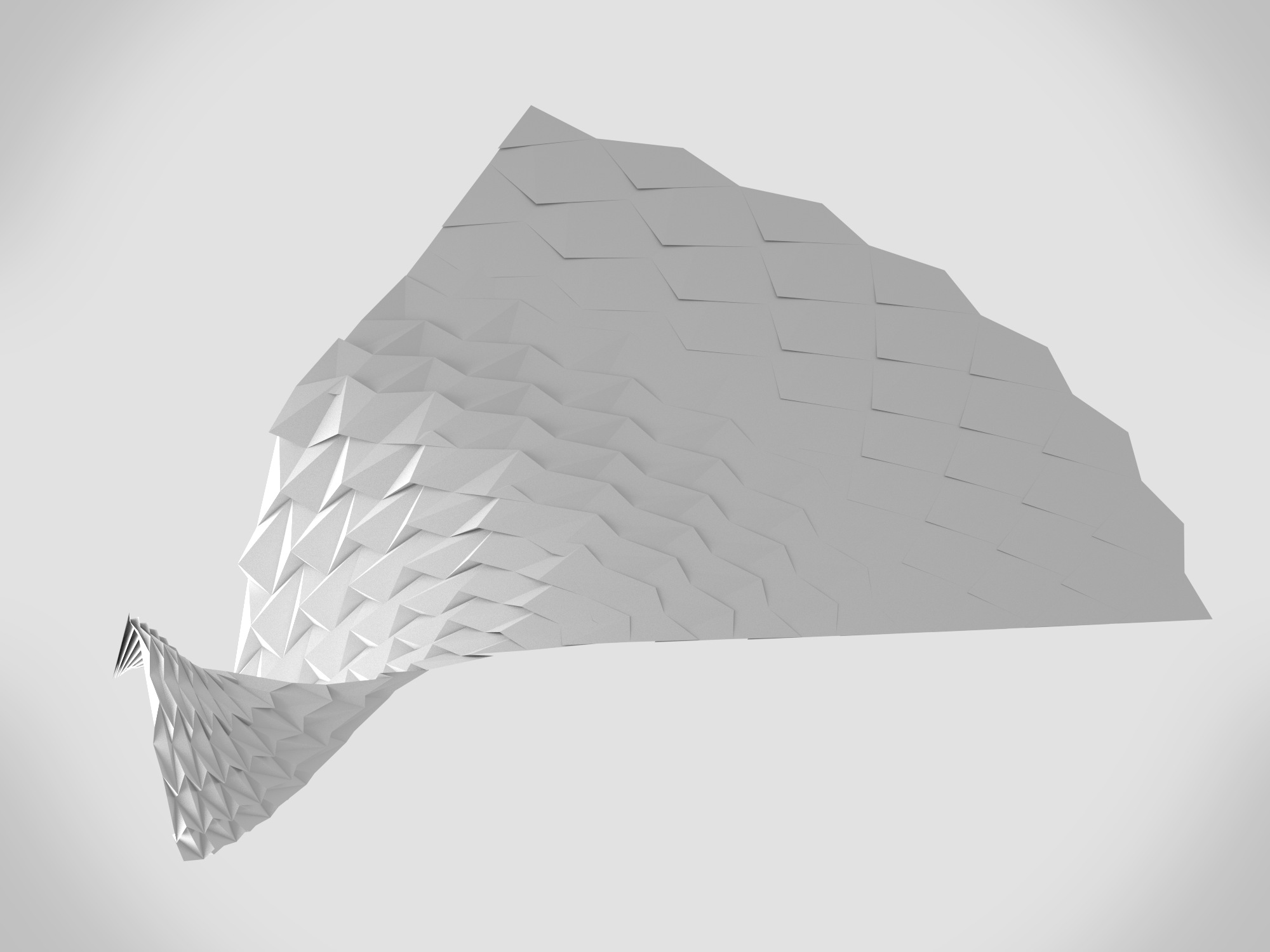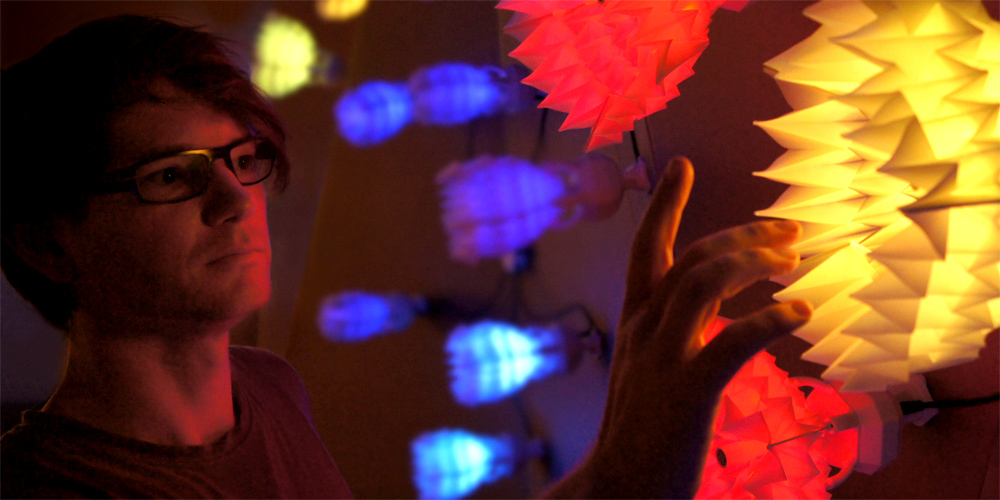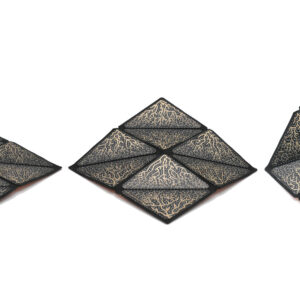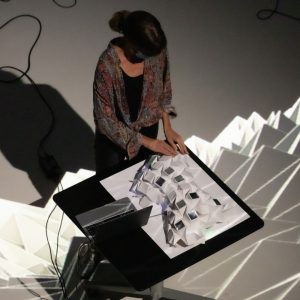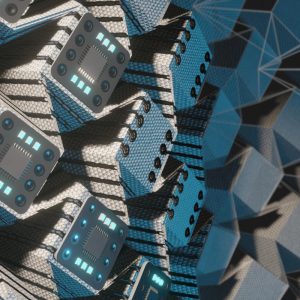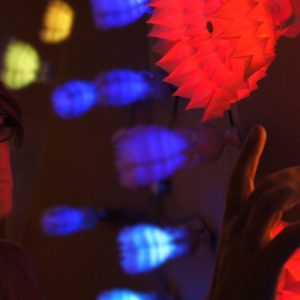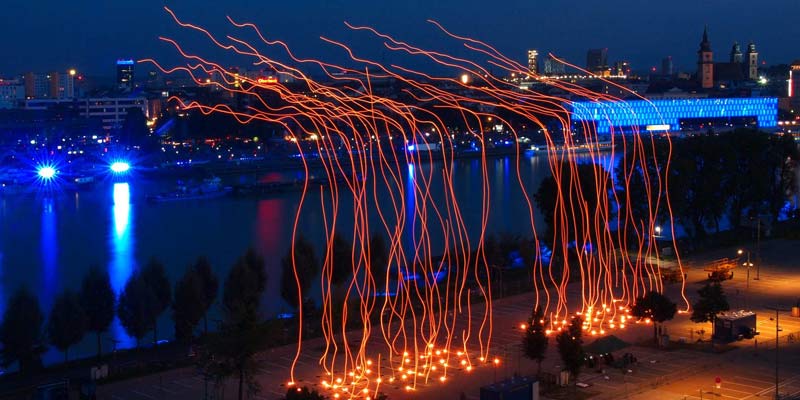This research examines how new design approaches that utilise advances in scientific origami, computation, robotics, and material experimentation, can influence the functional aesthetic of the art of oribotics. Situated in the context of contemporary electro/mechanical artworks and objects, and joining the fields of origami and robotics, oribotics is influenced by notions of folding scientifically and philosophically.
Oribotics breathes movement into the static domain of origami through responsive robotic technology, and it brings to the viewer of oribotic works, a consideration of the folds found in nature, through the evocation of a state of reflection. Scientific fields like Soft Matter share similar material and design/engineering concerns, utilizing the function of folded surfaces. Origami artists craft works by folding paper, expressing the aesthetic of the fold.
The significance of oribotics is that both the function and aesthetic of folding are expressed by the oriboticist. New design methods for oribotics unfold expressive potential in the research field. Research is focused on the artistic thinking, design and material processes that contribute to the fabrication of robotics from folded surfaces. The processes can be understood as an extension of past oribotic research wherein related concerns are folding pattern design, fabrication technologies, and actuation specific to folding. Cultural and historical perspectives inform the research question, as the group works towards a new theoretical model of Folding as a Language of Structure, expressed as Folding = Coding for Matter.
For the Ars Electronica festival in 2010 Matthew Gardiner created an installation of luminous oribotic flora, titled Oribotics [the future unfolds], which were “grown” in the 3D printer at the FabLab of the AEC.
Read more in the interview with Matthew Gardiner on the Ars Electronica Blog:
Credits
Research & Development: Matthew Gardiner, Hideaki Ogawa, Erwin Reitböck, Rachel Hanlon, Roland Aigner
Funded by FWF PEEK Program, http://fwf.ac.at
Related Projects
Take a look at some of our other projects
From our never-ending list of ideas and concepts we have compiled a selection of works related to the topics addressed in this project. An overview of all our productions, cooperations and projects can be found in our continuously growing project archive.
